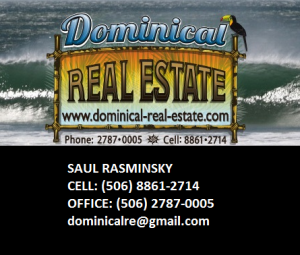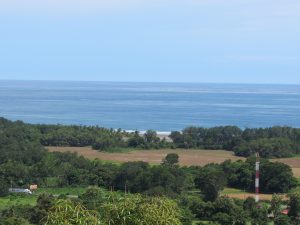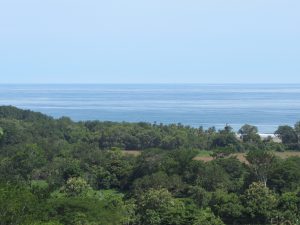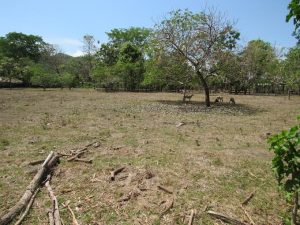Costa Rica, a tropical paradise nestled in Central America, is renowned for its stunning landscapes, rich biodiversity, and warm, welcoming culture. Beyond its natural beauty, Costa Rica offers a diverse range of real estate opportunities that captivate both locals and international buyers alike. In this blog, we will delve into the fascinating world of real estate in Costa Rica, highlighting its unique charms, investment potential, and practical considerations.
The Allure of Costa Rican Real Estate:
From pristine coastal areas with breathtaking beaches to verdant mountains and lush rainforests, Costa Rica’s real estate offerings are as diverse as its natural landscapes. Whether you dream of a tranquil beachfront retreat, an eco-friendly jungle hideaway, or a vibrant urban condo, Costa Rica has options to suit various tastes and preferences.
Booming Investment Potential:
Costa Rica’s stable political environment, progressive economic policies, and commitment to conservation make it an attractive destination for real estate investment. The country has seen steady growth in its real estate market, with demand for vacation rentals, retirement homes, and investment properties on the rise. As a result, investing in Costa Rican real estate offers the potential for long-term appreciation and attractive rental income.
Popular Locations for Real Estate Investment:
a) Guanacaste: Known as the “Gold Coast” of Costa Rica, Guanacaste boasts stunning beaches, world-class resorts, and a vibrant expat community. Tamarindo, Playa Flamingo, and Papagayo Peninsula are sought-after areas for those seeking beachfront properties or vacation rentals.
b) Central Valley: With its mild climate, scenic beauty, and proximity to the capital city, the Central Valley region, including cities like San José, Escazú, and Santa Ana, offers a blend of urban convenience and natural splendor. It appeals to both locals and expatriates looking for comfortable homes with access to amenities, healthcare, and educational institutions.
c) Southern Zone: The Southern Zone, encompassing areas like Dominical, Uvita, and Ojochal, is a haven for nature enthusiasts. This region showcases breathtaking landscapes, lush rainforests, and a slower pace of life. It is ideal for those seeking eco-friendly properties or a serene getaway in close proximity to pristine beaches and national parks.
Practical Considerations:
a) Legal Framework: Understand the legalities and regulations involved in purchasing real estate in Costa Rica. Working with reputable real estate agents and legal professionals is crucial to ensure a smooth and secure transaction.
b) Infrastructure and Amenities: Consider the availability of infrastructure, such as roads, utilities, and services, in the area you’re interested in. Accessibility to healthcare facilities, schools, shopping centers, and recreational amenities can significantly impact your daily life.
c) Residency and Ownership: Familiarize yourself with Costa Rica’s residency options, property ownership rights, and taxation regulations. It’s advisable to consult legal experts to navigate these aspects.
Costa Rica’s real estate market beckons adventurers, investors, and dreamers with its abundant natural beauty and thriving property opportunities. Whether you seek a tropical getaway, a retirement haven, or a profitable investment, Costa Rica’s diverse landscapes and stable market make it an enticing choice. By conducting thorough research, seeking professional guidance, and exploring the country firsthand, you can unlock the doors to your Costa Rican real estate dreams and embark on an extraordinary journey in this captivating nation.
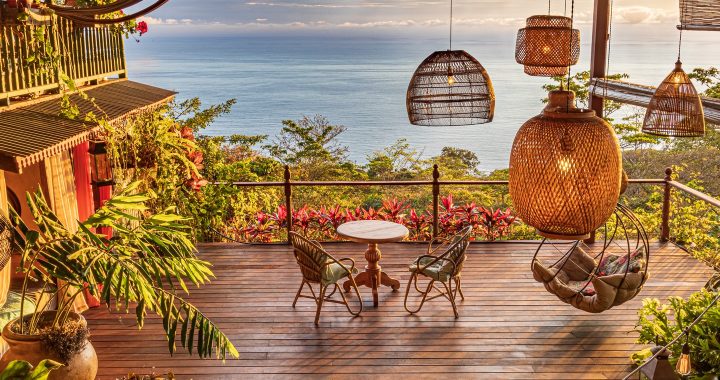
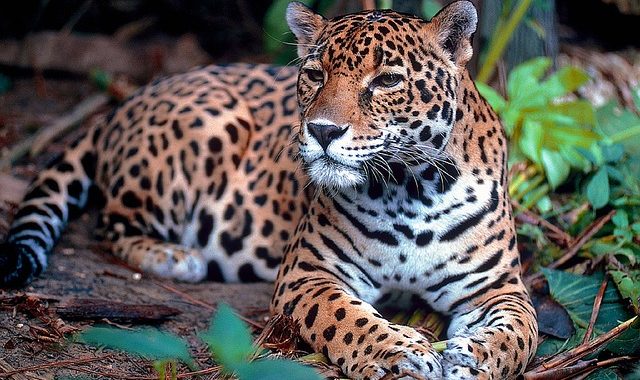

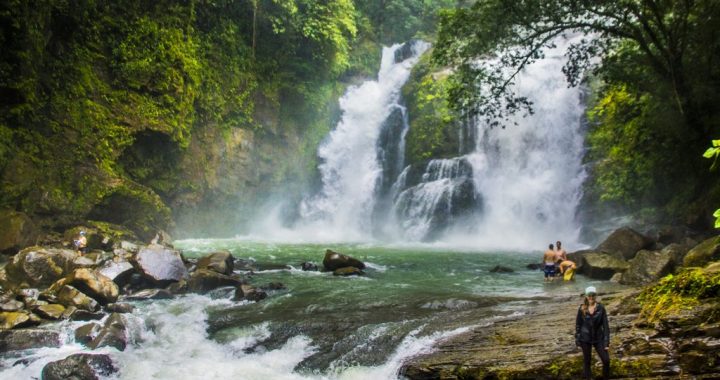
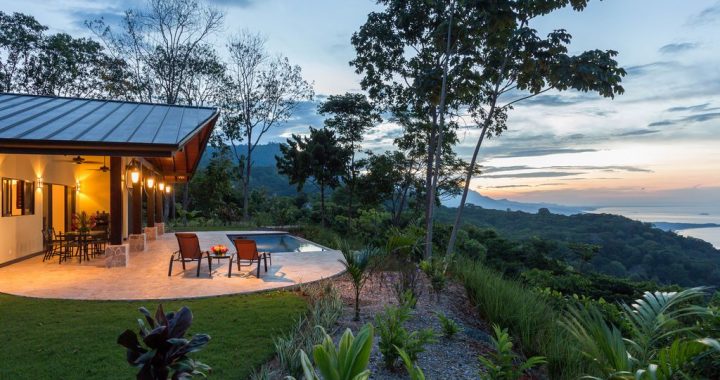
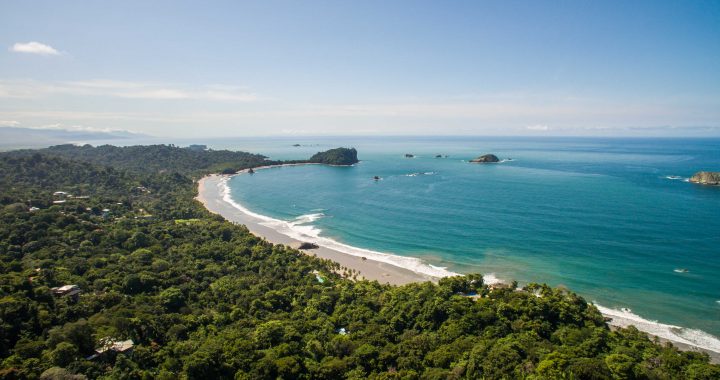
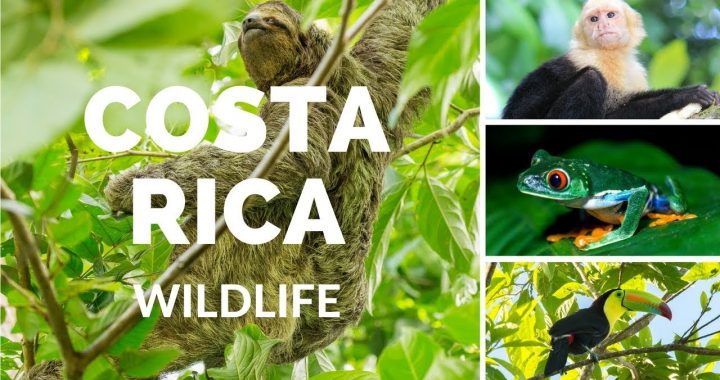
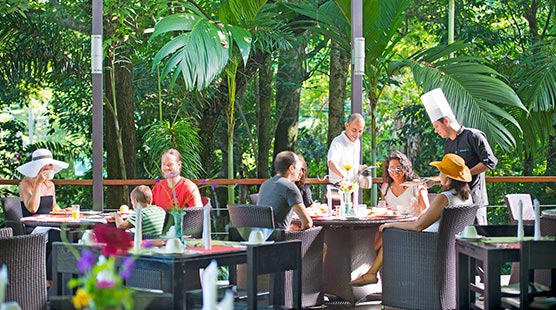


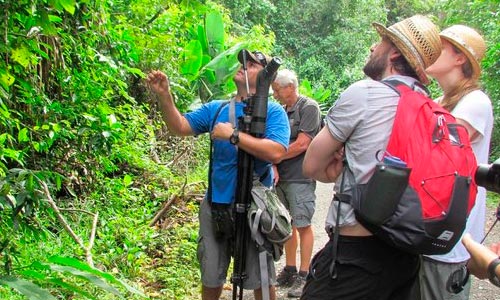
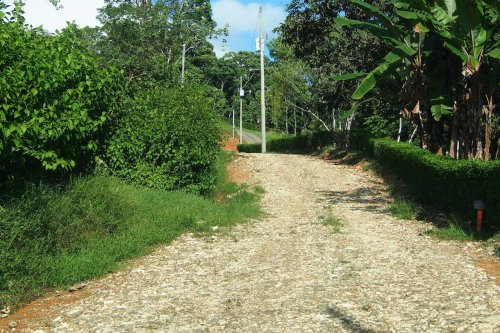
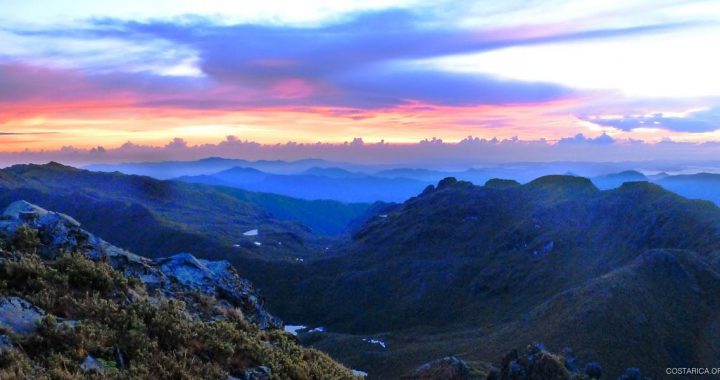
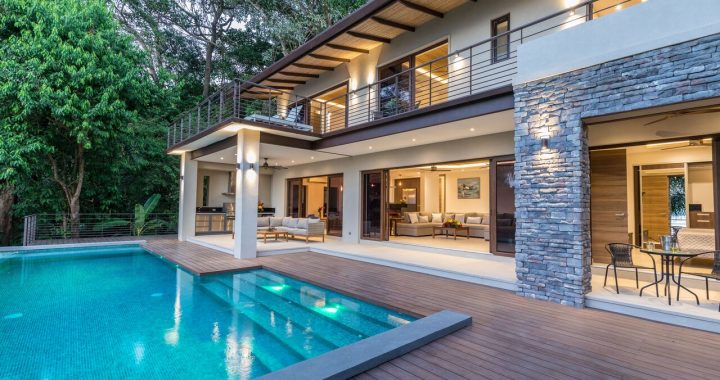
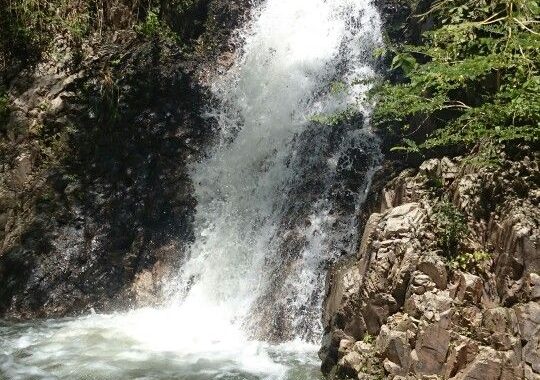

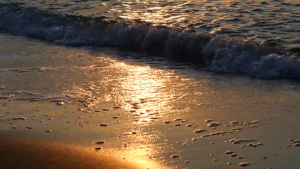
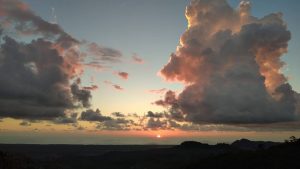
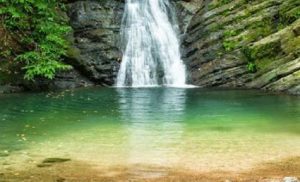
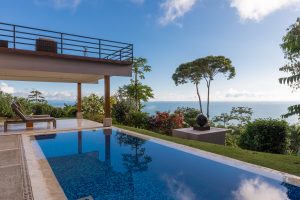
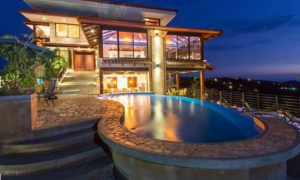
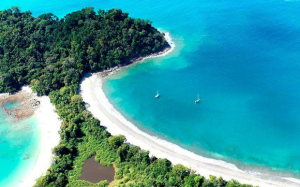

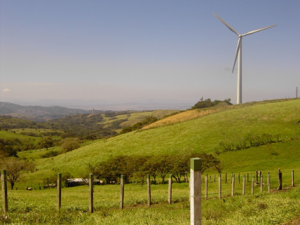
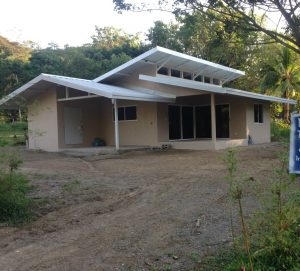
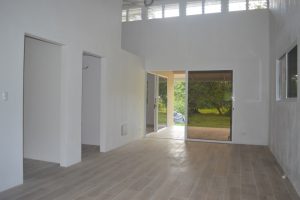 Situated on a lot of 1/8 acre, there is enough room for a garden of vegetables or flowers, or both, depending on your choice. Maybe you’d like to have a bigger garden? Or move to Costa Rica full time and enjoy fresh mangos and avocados from your backyard? If you're interested in more land, or if you’d like to get residency in Costa Rica, the sellers of this home are offering a package that might interest you. The base price of $189,500 will get you this brand new home by the beach and 1/8 acre. For an additional $30,000, you can own the titled lot adjacent to the home, and you will also receive the seller’s assistance in obtaining residency in Costa Rica as an investor (which requires at least $200,000 investment in the country). What’s better than finding your dream home and becoming a resident of Costa Rica at the same time? For only $219,500, you can own a brand new home on 1/4 acre and have your Costa Rican residency.
Situated on a lot of 1/8 acre, there is enough room for a garden of vegetables or flowers, or both, depending on your choice. Maybe you’d like to have a bigger garden? Or move to Costa Rica full time and enjoy fresh mangos and avocados from your backyard? If you're interested in more land, or if you’d like to get residency in Costa Rica, the sellers of this home are offering a package that might interest you. The base price of $189,500 will get you this brand new home by the beach and 1/8 acre. For an additional $30,000, you can own the titled lot adjacent to the home, and you will also receive the seller’s assistance in obtaining residency in Costa Rica as an investor (which requires at least $200,000 investment in the country). What’s better than finding your dream home and becoming a resident of Costa Rica at the same time? For only $219,500, you can own a brand new home on 1/4 acre and have your Costa Rican residency.